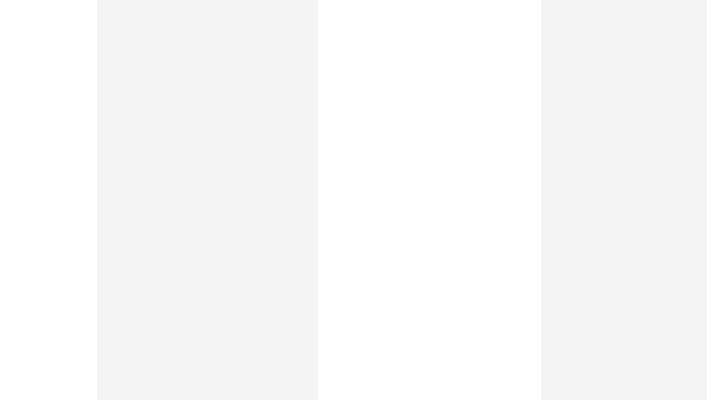Tuesday, October 26, 2021
Corona and price pressure
Novartis is examining the future of the generics subsidiary Sandoz
It generates every fifth euro – but generates comparatively little income: The Swiss pharmaceutical giant Novartis is putting its generics subsidiary in the shop window. Recently, financial investors had become more courageous.
One of the world’s largest manufacturers of copycat drugs could soon be up for sale: After years of renovation work, the Swiss Novartis Group is putting its generics business Sandoz to the test. “We believe that now is the right time to examine what the correct long-term strategic positioning of Sandoz is,” said CEO Vasant Narasimhan when presenting the quarterly figures. All options would be on the table – whether the division should remain in the group or even split up, for example through a sale or an IPO. A decision should be made by the end of 2022.
With brands such as Hexal and 1A Pharma, Sandoz is one of the three largest generics groups in the world, alongside Teva from Israel and the US company Viatris. There has been repeated speculation about a spin-off or sale of the division, which with almost ten billion dollars in sales represents one fifth of Novartis’ annual sales, but lags behind the dominant business with patented drugs in terms of profitability. Sandoz recently felt noticeably the lower demand for medicines due to the corona. In addition, the highly competitive sector has been struggling with price pressure for years, especially in the USA, the world’s largest healthcare market.
Wave of consolidation in the industry
This has led to a wave of consolidation and numerous billion-dollar deals in the industry in recent years – the largest of them in 2016, when Teva took over Actavis for $ 40.5 billion. In 2020, Viatris emerged from the merger of the generics manufacturer Mylan with Pfizer’s Upjohn division, in which the US pharmaceutical giant had bundled its business with off-patent products and generics. In Germany, Sandoz, for example, has been swallowing the Hexal company since 2005, while the Indian Dr. Reddy’s the company Betapharm and Teva the manufacturer Ratiopharm.
Novartis started making Sandoz independent a few years ago, but has so far backed the division. It should not be easy for the group, which spun off its Alcon eye care business in 2019 and floated it on the stock exchange. Because a sale to a major competitor would probably raise antitrust issues. And an IPO could prove difficult in view of the low valuations in the sector: generic drug manufacturers are currently worth about as much on the stock exchange as they generate in sales per year.
Investors welcome
Financial investors who have full coffers and are increasingly brave in the pharmaceutical industry could step into the breach. In September, the American private equity firm Advent and the Singapore sovereign wealth fund GIC paid eight billion dollars for the Swedish biotech company Sobi.
The news was well received by investors. With a price increase of 1.5 percent, Novartis was one of the biggest winners among European health stocks. “Given that Sandoz continues to hamper Novartis’ growth, the announcement of a strategic review is likely to be well received,” said JP Morgen analysts. It remains to be seen, however, whether separating the business areas would add value.
After nine months, Novartis sees itself on course for its annual targets. Excluding exchange rate fluctuations, sales should increase by a low to mid single-digit percentage in 2021, the company confirmed. The operating profit adjusted for special factors is expected to increase by a mid-single-digit percentage and more than the sales proceeds. In the third quarter, sales grew five percent on a currency-neutral basis to approximately $ 13 billion and adjusted operating income grew nine percent to nearly $ 4.5 billion. The bottom line was a net profit of $ 2.8 billion.
